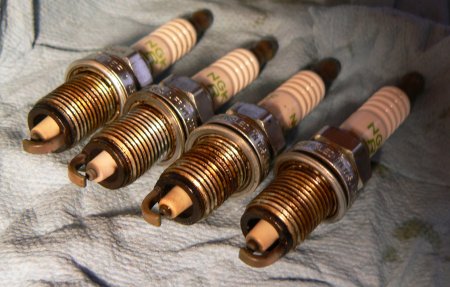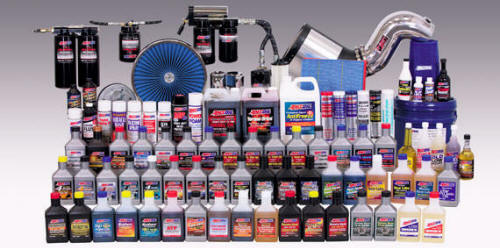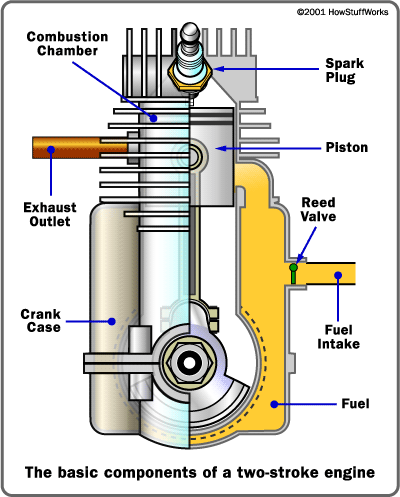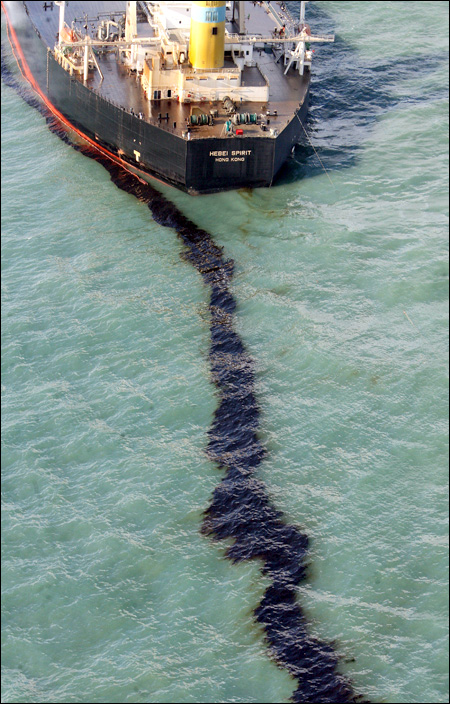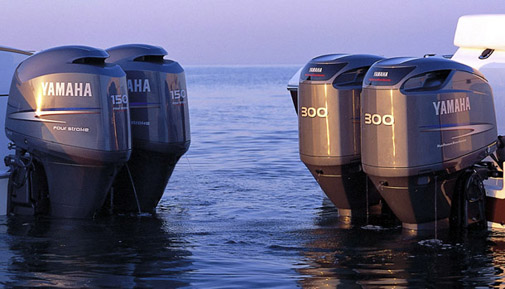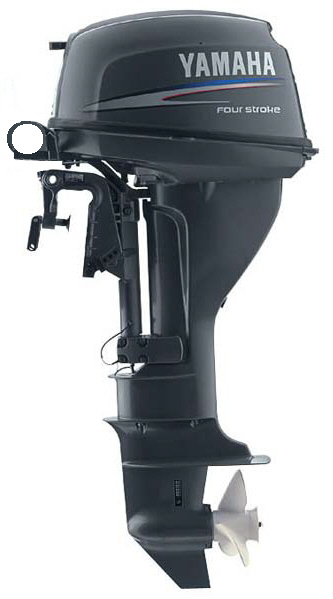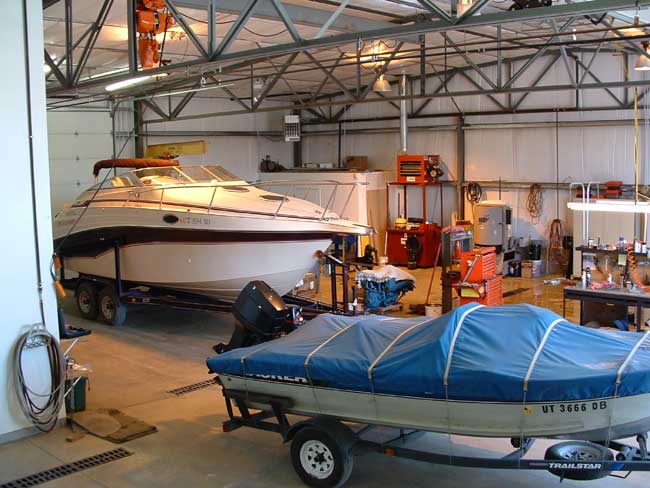Two Cycle Oil Shelf Life
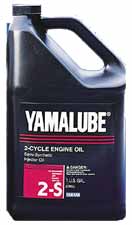 I’ve often received questions about whether two cycle oil has a shelf life, and if we’re talking about unused oil sitting on a shelf, then no. There’s no reason you can’t use two cycle oil that was refined even 50 years ago, though it won’t contain the same additives as newer oil. However, you shouldn’t leave oil in your oil tank for more than a year without use. Under these circumstances, the oil can solidify and become quite gelatinous. When the engine is started with this kind of oil inside of it, it can cause serious damage.
I’ve often received questions about whether two cycle oil has a shelf life, and if we’re talking about unused oil sitting on a shelf, then no. There’s no reason you can’t use two cycle oil that was refined even 50 years ago, though it won’t contain the same additives as newer oil. However, you shouldn’t leave oil in your oil tank for more than a year without use. Under these circumstances, the oil can solidify and become quite gelatinous. When the engine is started with this kind of oil inside of it, it can cause serious damage.
The real reason you would use Yamaha 2S oil over Pennzoil two cycle oil made in the 1950s is because the additives in the newer oil will help your engine to run better. In addition, you don’t know whether those older oils are TC-W3 certified; most certainly they wouldn’t meet the modern standards for two cycle oil.



